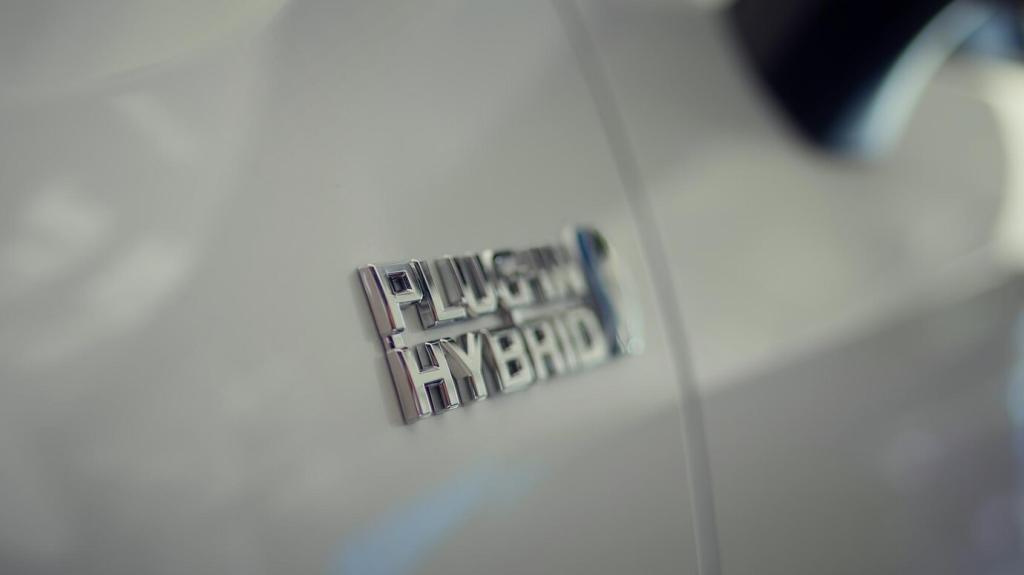Driving Further, Smarter: Hybrid Battery Systems in EVs
Chosen theme: Hybrid Battery Systems in EVs. Explore how pairing complementary energy storage—like lithium‑ion packs with ultracapacitors or diverse chemistries—unlocks confident acceleration, cooler operation, and longer life. Join our community to ask questions, share builds, and subscribe for deep dives into the tech powering tomorrow’s clean roads.

What Makes Hybrid Battery Systems Tick

A hybrid battery system blends a high-energy pack for cruising with a high-power module for bursts and braking. The result is smoother performance, reduced thermal stress, and smart allocation of work so each component plays to its strengths without wearing out too quickly.
Architectures and Components That Work Together

Complementary Chemistries
Common pairs include an NMC or LFP main pack for energy with ultracapacitors or LTO modules for power. The energy unit carries cruising and range, while the power unit handles peaks. Share your preferred chemistry combo and why—safety, cost, cold-weather behavior, or charging speed.
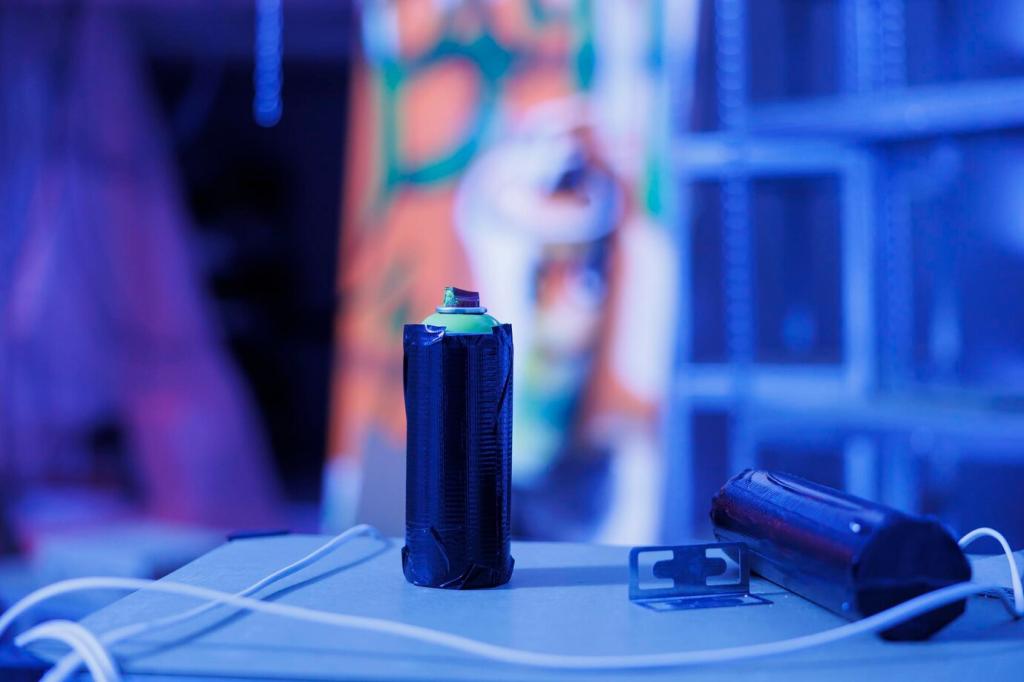
Brains of the Operation: BMS and Supervisory Control
A supervisory controller orchestrates power split, monitors temperatures, and enforces state-of-charge windows for each storage element. It talks to individual BMS units, blends torque requests with thermal limits, and protects longevity. Curious about algorithms? Subscribe for our hands-on walkthrough of model predictive control basics.

Cooling Paths and Packaging
Hybrid systems often separate thermal circuits: liquid-cooled main packs and air- or liquid-assisted power modules near inverters. Careful placement shortens high-current paths and reduces resistive losses. Designers, what packaging tricks have helped you tame heat while keeping crash structures robust and service access practical?
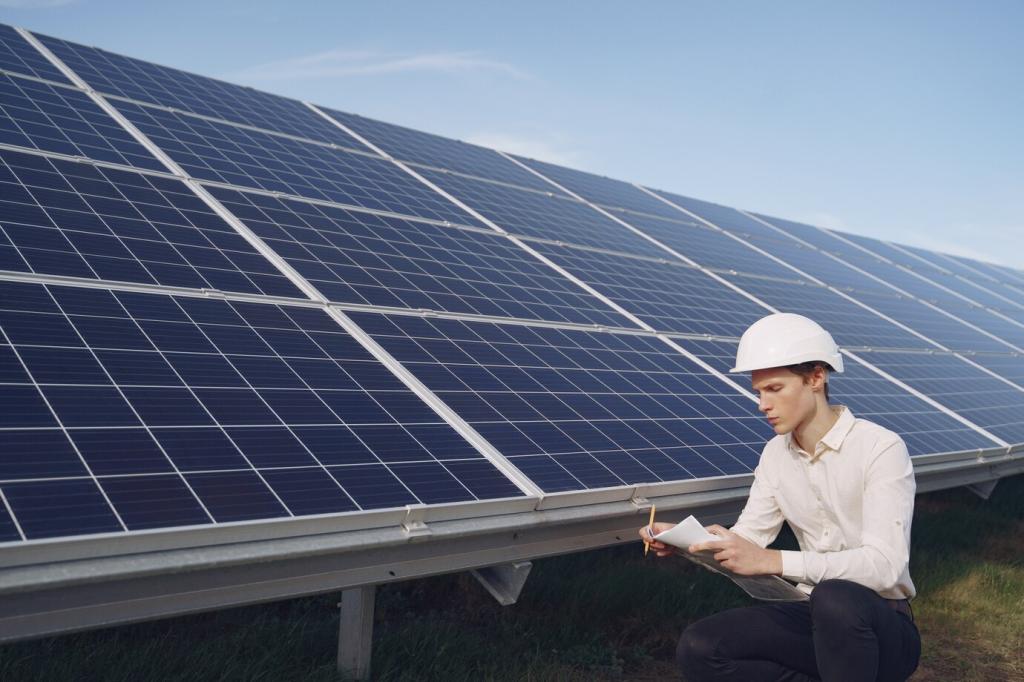
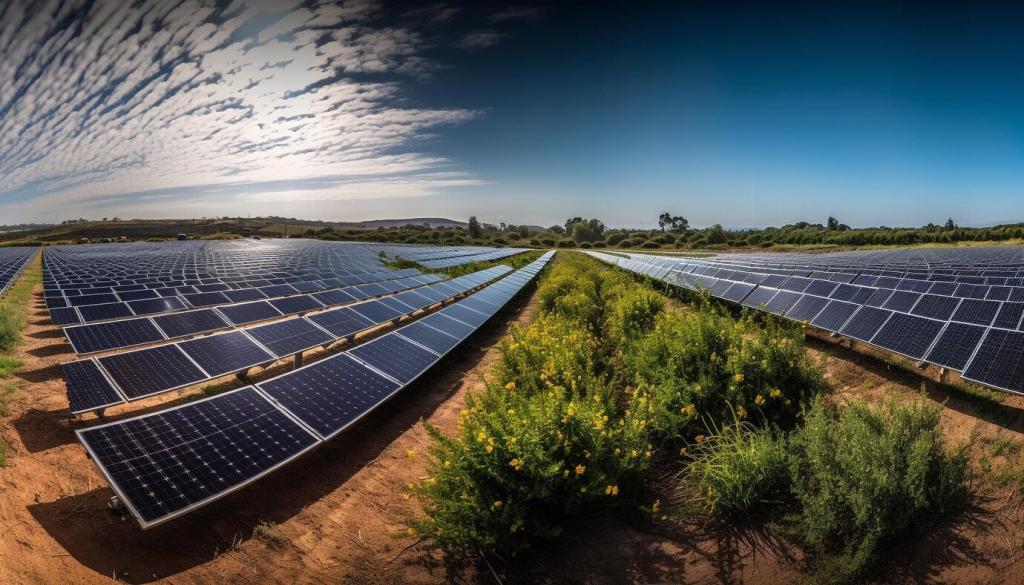
Energy Management: Where Efficiency Meets Feel
During heavy throttle, the power module supplies quick bursts while the main pack delivers steady energy. This split limits voltage sag and heat rise, preserving range. Drivers feel brisk response without the penalty of sustained high currents that accelerate aging. Comment if you notice performance fade on long hills.
Energy Management: Where Efficiency Meets Feel
Hybrid systems keep each unit in its healthiest window. The power module cycles shallowly to absorb spikes; the main pack avoids extremes. Over months, this reduces capacity loss and keeps calibration trustworthy. Want to see our SOC window cheat sheet? Subscribe and we’ll send a printable setup guide.


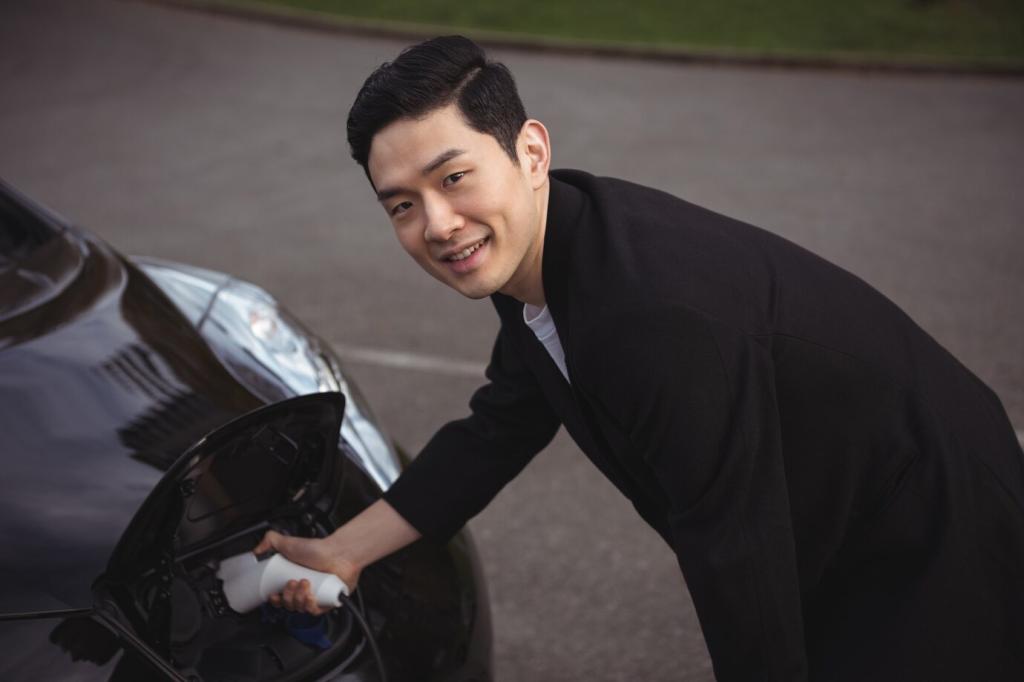
Safety, Reliability, and Maintenance
Fault Detection with Redundancy
Multiple sensing layers watch currents, temperatures, isolation, and module health. If anomalies appear, controllers reroute power flow, limit torque, or isolate modules. This graceful degradation mindset keeps trips going safely. Have you experienced limp mode on a steep grade? Share how the car behaved and recovered.
Balancing and Calibration Routines
Hybrid systems coordinate passive and active balancing differently across modules. Periodic calibration drives better state estimation, enabling tighter safety margins and consistent range prediction. Set a reminder for occasional full warm-up drives to stabilize readings. Want a maintenance calendar? Subscribe and get our printable planner.
Longevity Habits That Add Years
Avoid chronic high SOC parking, minimize unnecessary fast charges, and let cooling complete after strenuous drives. Hybrid systems help, but habits matter. One fleet manager extended replacement cycles simply by adjusting depot charge windows. Which habit could you tweak this week to protect your pack?
Design Trade-offs and Real-World Costs
Hybrid systems add components, yet they can reduce main pack degradation, improve efficiency, and enable smaller primary batteries. Over time, those savings may outweigh initial complexity. What’s your priority—upfront simplicity or long-term resilience? Tell us, and we’ll model sample ownership scenarios in a future post.
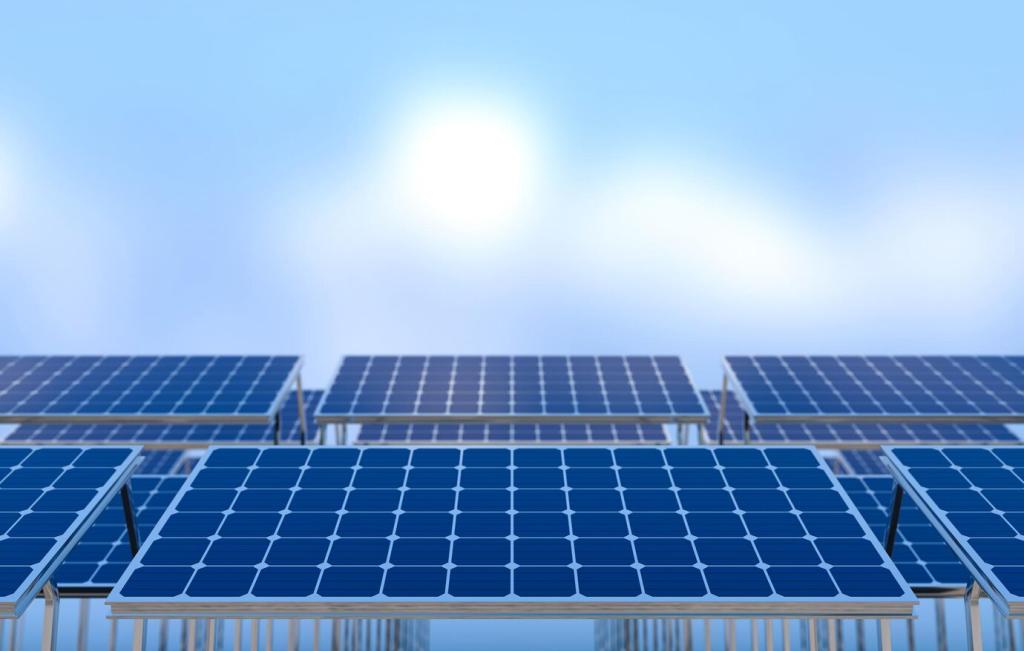

Design Trade-offs and Real-World Costs
Extra modules, busbars, and cooling pathways add weight and volume. Designers offset this with smaller main packs or smarter structure sharing. The sweet spot varies by vehicle class and duty cycle. If you tow or drive in heat, what packaging constraints matter most to you—trunk space or cooling capacity?
As solid-state cells mature, pairing them with ultracapacitors or fast LTO units could yield cooler fast charges and safer peak handling. Early pilots suggest promising thermal stability. Which future pairing intrigues you most, and why—sodium-ion for cost, or solid-state for density and safety?
